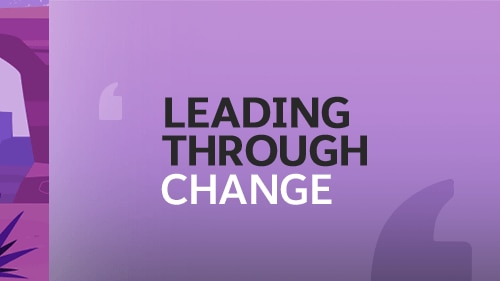In a crisis, the traditional ways of doing business don’t always work. And just a month into the COVID-19 pandemic, retailers are already experiencing disruptions. According to a recent survey, 47% of U.S. brands expect to see some downside revenue implications due to the novel coronavirus. And an additional 33% responded that it’s too early to say.
As consumers continue to self-isolate and go all-digital, companies have new opportunities to connect with customers and reimagine their business models. Regardless of your organization’s size, location, or industry, this crisis offers the opportunity for innovation.
Let’s take a look at best practices for pivoting your retail experiences to digital — and how brands are already tackling traffic challenges head-on.
1. Offer flexibility in payment, loyalty, and delivery options
As the new norm of social distancing sets in, we’re beginning to see the economic effects of this pandemic. Experts predict real global GDP could contract as much as 1% around the world, and all avenues of business will feel the pinch. As a result, consumers will likely need new and innovative ways to pay for purchases.
Companies can help by multiplying loyalty offerings, issuing gift card expiration extensions, and rolling out longer payment cycles. For instance, a variety of car companies are debuting loan relief during the pandemic. And Ford is using its current television ad buys to communicate flexible financing options to national audiences.
If payment flexibility isn’t an option, here are other ways to offer relief:
- Give customers additional shipping options, including the option to receive parcels that do not require signatures or contact upon delivery.
- Follow direct-to-consumer (DTC) pet-supply company Chewy’s lead and connect commerce and service so customers can place orders by phone as well as online. This is especially relevant for consumers who may want to discuss purchases before buying but are unable to go into a store.
- Offer emergency services like GM. It is offering all current vehicle owners free OnStar, its proprietary crisis-relief service, which can be used in an emergency.
2. Create new digital and social media experiences
Now with an all-digital customer base, retailers can no longer rely on tried-and-true physical experiences. This is the time to use your entire workforce to think in new ways about connecting with customers.
For example, Party City created a “Banish Boredom” campaign that provides relief to shoppers in a sequestered or physically limited environment. Suggestions include DIY activities, at-home games, and instructions for throwing a rave in your living room.
Here are three other ways to engage beyond your four walls:
- Extend your retail staff’s expertise on social media. Glossier does this incredibly well for its millions of followers. Its Instagram channel features employees’ make-up routines despite store closures.
- Offer a unique service. Guitar manufacturer Fender is extending the joy of its in-store jam sessions by offering three months of guitar lessons for free to the first 100,000 subscribers on its website. This offer allows the company to reach new audiences in an authentic way and provide a special service other retailers can’t replicate.
- Create 1:1 experiences using video conferencing. One example I love: furniture company Ethan Allen now offers video design consultations via FaceTime, Skype, or Google Hangout as the majority of consumers are stuck at home.
3. Use your best assets to contribute to the greater good
According to Forbes, 88% of shoppers believe brands have the power to make the world better. And now more than ever, we have an opportunity to do good in our communities. Whether that’s making charitable donations, supporting employees and customers in need, or stepping up with more sustainable practices, customers are looking at their favorite brands to do what’s right.
Beyond monetary donations, companies are using their pre-COVID assets to assist during the pandemic. Here are three examples of how companies are contributing more than money right now:
- Use specialized technologies for charity. Louis Vuitton is transforming its perfume and cosmetics facilities to make hand sanitizer. "LVMH will continue to honour this commitment for as long as necessary," the company said.
- Activate your influencer network. Nike is using its all-star roster of athletes and celebrities to inform the public about the importance of social distancing. Across social media, brand partners posted a unified message encouraging consumers to stay home, accompanied by personalized messages from each influencer.
- Repurpose factories, warehouses, and distribution centers. For example, fast-fashion brand Zara is using its apparel factories to create hospital scrubs for healthcare workers on the frontlines in Spain.
In this unprecedented time, much is unknown — and things change quickly. But retailers all over the world have already stepped up to meet these trying times.
Through it all, the ones who weather this challenge will be the ones who stay closest to their customers.
Our Leading Through Change series provides thought leadership, tips, and resources to help business leaders manage through crisis. Check out some of our most recent articles:
- Here are five ways we’re helping our employees navigate work now
- Ways to maintain customer relationships when you can’t meet in person
- You need to have a crisis comms plan in place
Want to start making meaningful connections today? Visit Customer 360 Guides on Trailhead, which includes, blueprints, architectures, and real-life tips that empower you to achieve your Customer 360.
The first guide, Transform the Consumer Experience, walks you through how to deliver connected experiences across Commerce, Marketing, and Service even as teams are working remotely.




























